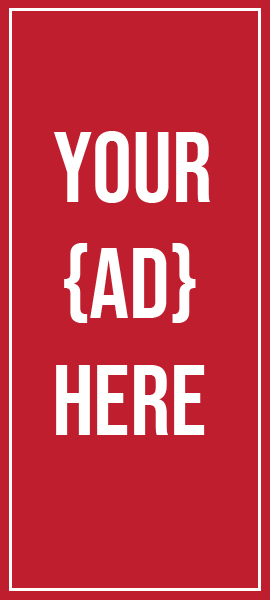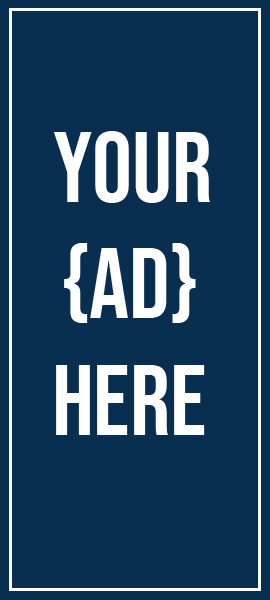Putting Together Your Portfolio
The quality of your work, in the long run, is the deciding factor on how much your services are valued by the world.
– Orison Swett Marden
Introduction
Having a collection of your best work available in a portfolio is a great way to not only tell the employer what you are able to do, but also to show them what you have done for others. This is your “greatest hits” collection of the work of which you have the greatest amount of pride. Quality is valued over quantity in most portfolios.
When Should I Create a Portfolio?
Portfolios are not only for artists. Writers, accountants, computer programmers, financial planners, web site designers, marketing and advertising agents and models can all benefit from a well-organized portfolio of their best efforts. Any time a visual presentation of what you have accomplished is possible, a portfolio is the vehicle to present yourself well. Online portfolios can be just as attractive and effective as physical portfolios.
Types of Portfolios
The three major types of portfolios are: Working, Display, and Assessment portfolio. The purpose for the portfolio will determine which is most effective.
Working Portfolio: Although a Working portfolio may contain completed samples of work, it is as its name implies one that consists of projects that are in the works. There are many occasions for which this type of portfolio may be best, but applying for a job may not be one of them. Your goal is to stand out from the crowd, not give a mediocre presentation of who you are.
Display portfolio: A Display portfolio is one that is used to put your best foot forward. It includes the best samples of work related to the position. Utilizing a Display portfolio may be the most suitable for the task of showing the employer that you are confident in your ability to be a part of the success of the company and have previous work to back that up.
Assessment portfolio: Assessment portfolios are generally used as a way of documenting what one has learned. This is not only helpful for a student who is being judged on areas related to the success of a curriculum, but for professionals looking to advance their career, this is the least effective portfolio.
Necessary Components
Regardless of the type of portfolio you decide is best for you, there are several essentials that must always be included.
- If you are creating a physical portfolio, be sure to invest in a quality, conservative binder to house the portfolio contents. If you choose an electronic portfolio, be sure you use a neat, non-busy format
- The best samples of work that is specific to the position for which you are applying (text, diagrams, photos, etc.
- Polished copy of your resume
Checklist for Success
A portfolio is a marketing tool that can go a long way if created in an effective manner. Does your portfolio meet the following?
- Include three to five samples of your best work related to the position?
- Have each sheet separated by a plastic sleeve?
- Spellchecked both through a computer program as well as manually?
- Give the interviewer an accurate picture of who you are and what you have to offer?
- Have an overall appearance of excellence?
Practical Application
Nathan found himself in a pickle; he was unable to construct a portfolio of his best work. He needed to submit an updated portfolio to a potential client. Nathan paced around the office but the questions still lingered. Jill helped Nathan with the heavy lifting and poured all of Nathan’s stunning achievements and files into a portfolio that would make any happy. Jill made Nathan’s portfolio stand out, and he felt like a champ sending it off to the new client. Greg, their manager, seen the teamwork and was quite pleased with the turnout, as they ended up landing the new client.





